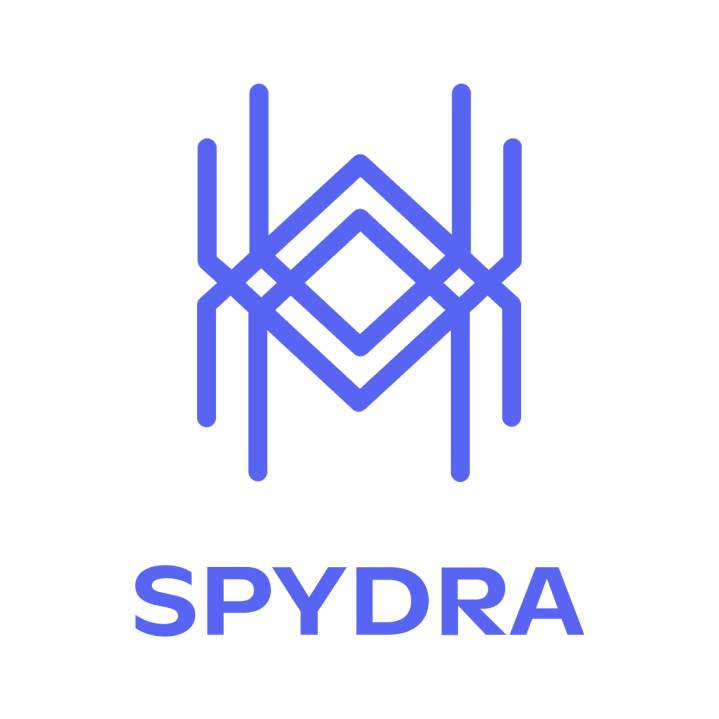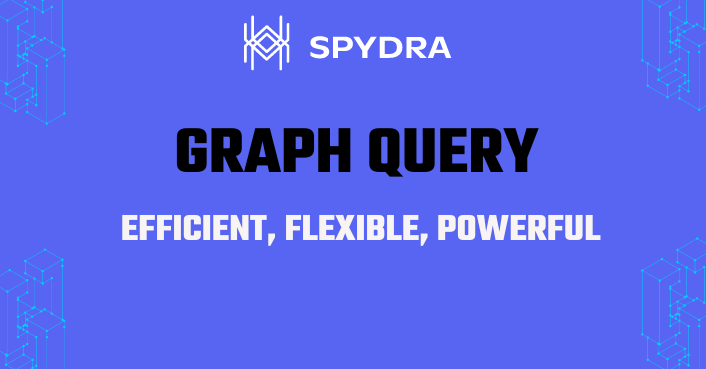Why Choose GraphQL? The Advantages of Using Graph Query Language for APIs
 Pravin
Pravin
GraphQL has emerged as a powerful alternative to traditional REST APIs. As developers seek more efficient ways to handle data fetching and manipulation, GraphQL's flexible and efficient approach has gained significant traction. This blog post will explore the compelling reasons why you should consider GraphQL for your next project and the advantages it offers over conventional API architectures.
Understanding GraphQL: A Brief Overview
Before diving into the advantages, let's quickly recap what GraphQL is. Developed by Facebook in 2012 and open-sourced in 2015, GraphQL is a query language for APIs and a runtime for executing those queries with your existing data. Unlike REST APIs, which operate on a fixed structure, GraphQL allows clients to request exactly the data they need, nothing more and nothing less.
The Rising Popularity of GraphQL
The adoption of GraphQL has been on a steady rise. According to the State of JavaScript 2022 survey, 54.6% of developers have used GraphQL and would use it again, up from 47.8% in 2021. This growing popularity is a testament to the advantages GraphQL brings to the table.
Key Advantages of Using GraphQL
1. Precise Data Fetching
One of the most significant advantages of GraphQL is its ability to fetch only the required data. With REST APIs, you often end up with over-fetching or under-fetching of data. GraphQL solves this problem by allowing clients to define the exact structure of the data they need. This precision leads to more efficient network usage and faster load times.
2. Improved Performance
By reducing over-fetching, GraphQL can significantly improve application performance. A study by Netflix showed that switching to GraphQL reduced the data transfer size by up to 99% for some queries. This reduction in data transfer translates to faster load times and a better user experience.
3. Strongly Typed Schema
GraphQL uses a strongly typed schema, which means that the structure of your data is clearly defined. This type system provides several benefits:
Better Documentation: The schema serves as living documentation for your API.
Improved Developer Experience: IDEs can provide better autocomplete and error checking.
Reduced Errors: Many errors can be caught at compile-time rather than runtime.
4. Flexible Data Querying
With GraphQL, frontend developers gain unprecedented flexibility in how they query data. They can request multiple resources in a single query, combine fields from different types, and even pass arguments to specific fields. This flexibility allows for more rapid iteration and development of frontend applications.
5. Versioning Made Easy
Unlike REST APIs, which often require versioning to introduce breaking changes, GraphQL APIs can evolve without versions. You can add new fields and types to your GraphQL schema without affecting existing queries. This approach, known as schema evolution, simplifies API maintenance and reduces the need for breaking changes.
6. Improved Developer Productivity
GraphQL can significantly boost developer productivity. A survey by The Guild found that 82% of developers reported increased productivity when using GraphQL compared to REST APIs. This productivity boost comes from reduced time spent on API integration and fewer back-and-forth communications between frontend and backend teams.
7. Real-time Updates with Subscriptions
GraphQL subscriptions provide a way to push data from the server to the clients that choose to listen. This feature is particularly useful for real-time functionality, such as chat applications or live updates. Implementing real-time features with GraphQL is often more straightforward than with traditional REST architectures.
8. Unified API for Multiple Data Sources
GraphQL can act as a unified API layer for multiple data sources. Whether your data comes from databases, microservices, or third-party APIs, GraphQL can combine them into a single, coherent API. This unification simplifies the overall architecture and improves maintainability.
Challenges and Considerations
While GraphQL offers numerous advantages, it's important to consider potential challenges:
Learning Curve: Teams may need time to adapt to the GraphQL paradigm.
Caching Complexity: Implementing efficient caching can be more complex with GraphQL compared to REST.
Performance Monitoring: Traditional API monitoring tools may not work out of the box with GraphQL.
Real-world Success Stories
Many prominent companies have successfully adopted GraphQL and reaped its benefits:
GitHub: Moved their API to GraphQL, resulting in a more flexible and powerful API for developers.
Shopify: Implemented GraphQL to power their Storefront API, enabling developers to build custom shopping experiences more efficiently.
Airbnb: Used GraphQL to improve their search experience, resulting in faster load times and a more responsive UI.
Conclusion: Is GraphQL Right for Your Project?
GraphQL offers compelling advantages for many types of projects, especially those requiring flexible data fetching, improved performance, and a better developer experience. While it may not be the best fit for every scenario, its growing adoption and proven benefits make it a technology worth considering for your next API project.
As you evaluate whether to choose GraphQL for your next project, consider your specific requirements, team expertise, and long-term maintenance needs. With its powerful features and growing ecosystem, GraphQL is well-positioned to handle the complex data requirements of modern web and mobile applications.
By embracing GraphQL, you're not just adopting a new technology – you're investing in a more efficient, flexible, and developer-friendly approach to building APIs. As the web continues to evolve, GraphQL stands ready to meet the challenges of tomorrow's data-driven applications.
Subscribe to my newsletter
Read articles from Pravin directly inside your inbox. Subscribe to the newsletter, and don't miss out.
Written by

Pravin
Pravin
Integrate Spydra’s easy-to-use APIs to tokenize your assets for more secure, transparent and reliable data exchange in supply chain, financing, cross-industry processes etc.